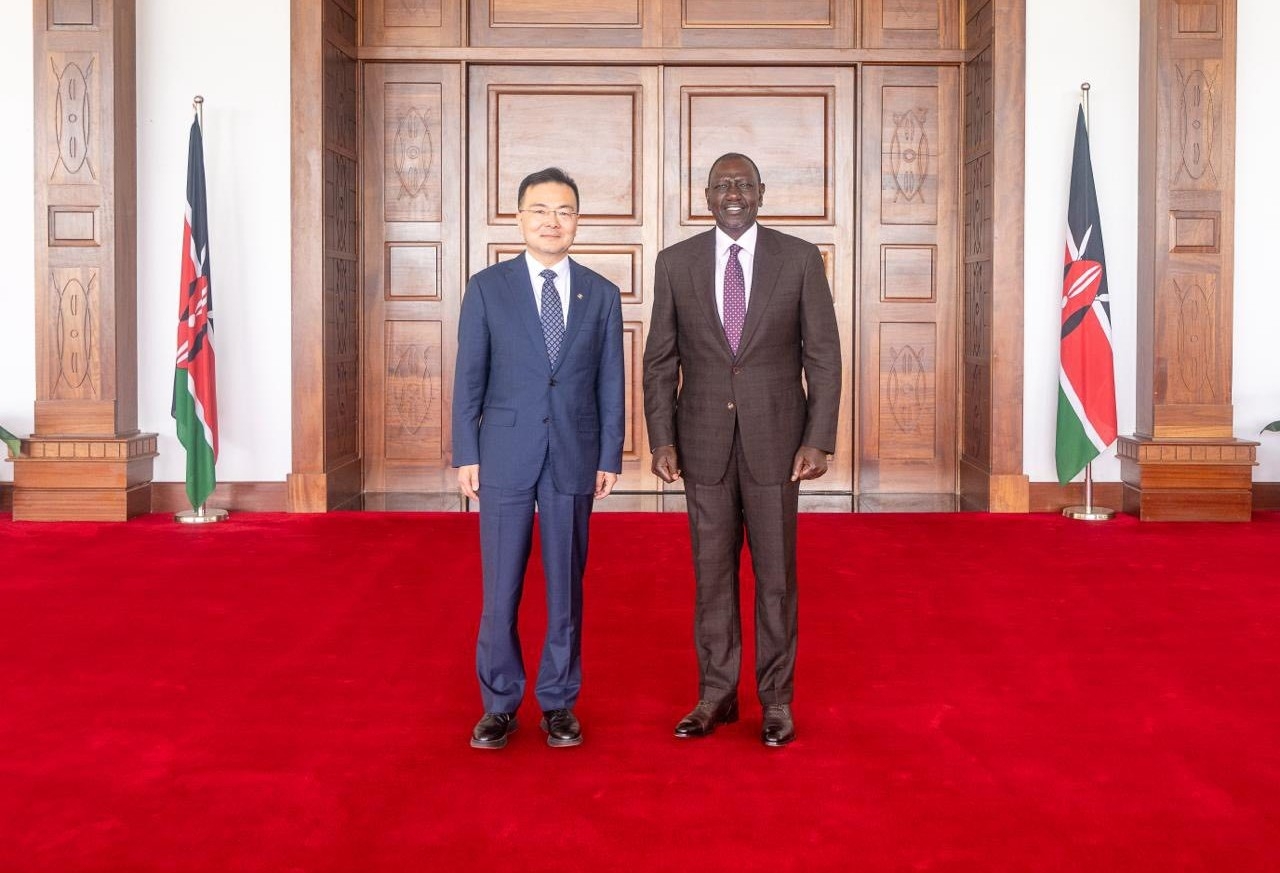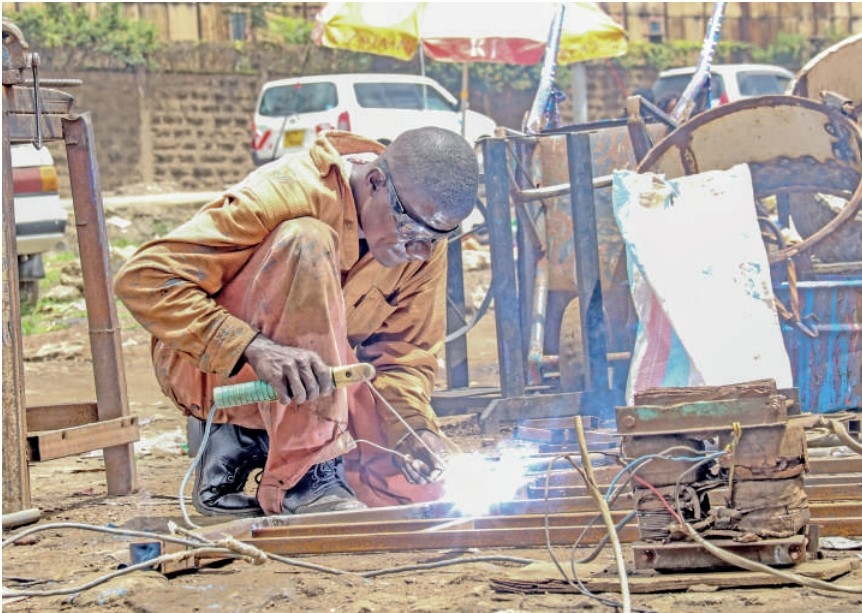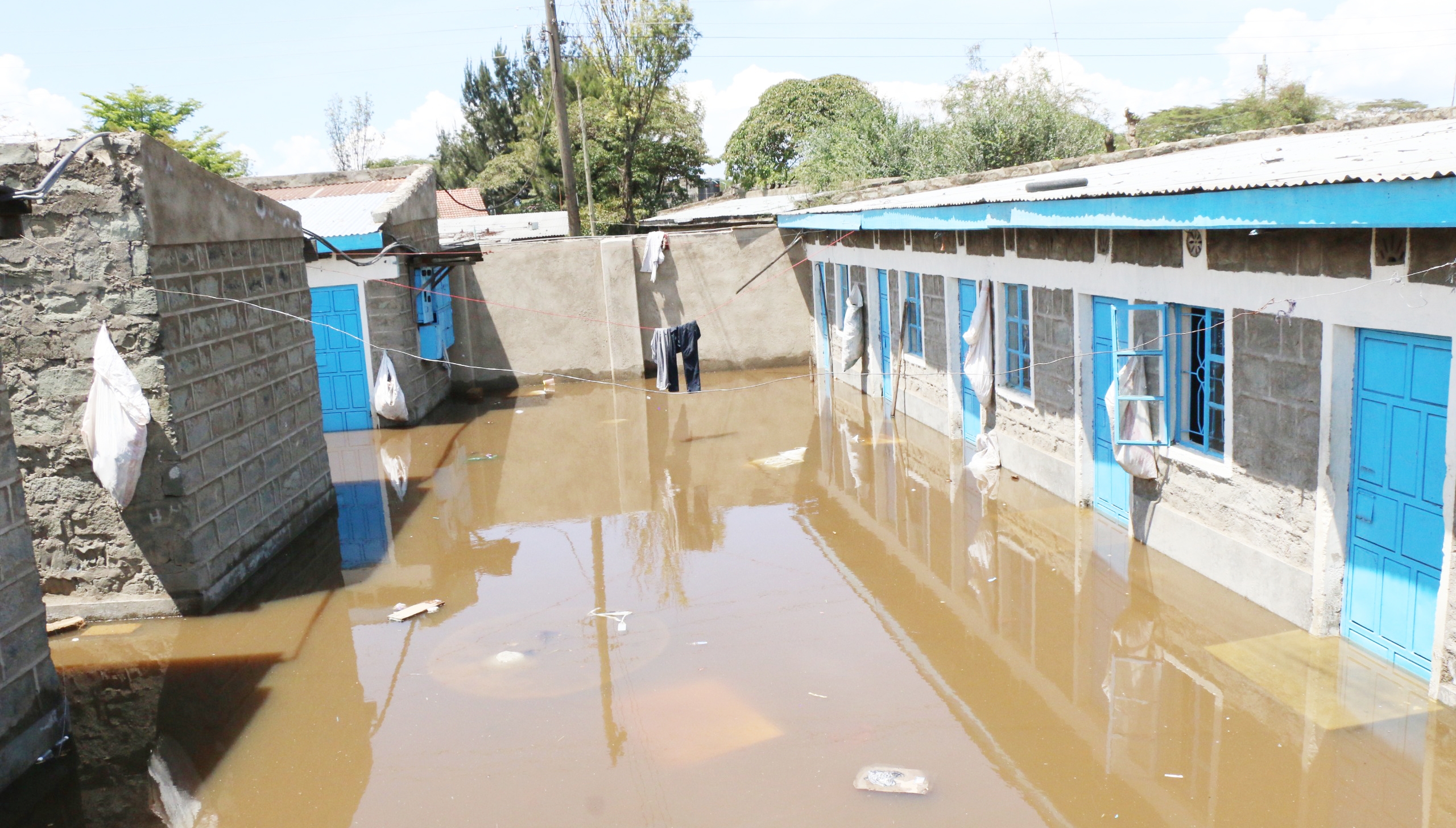 Kenya faces serious blood shortage. The National Tissue And Organ Transplant Authority says Kenya needs about 510,000 units of blood each year but only collects about 300,000.
Kenya faces serious blood shortage. The National Tissue And Organ Transplant Authority says Kenya needs about 510,000 units of blood each year but only collects about 300,000.
This artificial blood can be used in patients of any
blood type.
Doctors are giving healthy volunteers the artificial blood made from hemoglobin vesicles –
tiny capsules that carry oxygen like real red blood cells. The ongoing clinical trial started in March 2025 at Nara
Medical University in Japan.
The artificial blood is made from expired donor
blood. Scientists extract hemoglobin (the protein that carries oxygen) from old
donated blood and wrap it in a special protective shell.
These “fake” blood cells have no blood type, so
they can be given to any patient without matching blood groups. They are free
of viruses and can be stored much longer than normal blood. They can stay
usable at room temperature for about two years, and up to five years if
refrigerated. Current donated red blood cells can only be stored under refrigeration
for a maximum of 42 days.
The trial
at Nara Medical University is led by Hiromi Sakai, and has been reported by several news outlets, including the local Kyodo
News.
"When a blood transfusion is urgently needed, it takes some time before starting the transfusion because the patient's blood type needs to be examined," said Hiromi Sakai told the Japan Times. "With the artificial red blood cells, there is no need to worry about blood types, so the transfusion procedure can be performed quickly."
The ongoing trial involves 16 healthy adults who will each receive up to 400
milliliters of artificial red blood cells. The team will confirm safety by
administering the cells in various patterns with different infusion speeds and
volumes.
Sakai
said if there are no serious problems during
the trial, the scientists will then test how well the blood works in actual patients. Scientists hope this artificial blood
could be used in hospitals by around 2030.
Ash Toye, a professor of cell biology in the School
of Biochemistry at the University of Bristol, England, separately told Newsweek that previous efforts to make artificial blood have faced significant challenges, particularly
around safety, stability, and oxygen delivery efficacy.
“This trial will need to demonstrate not only that
the artificial blood is safe in humans but that it can perform as reliably as
donor blood under a range of clinical conditions,” Toye said.
The artificial
blood could be a game-change for low-income
countries, which collect
far too little blood.
World
Health Organization data
show low-income countries collect only about five donations per 1000 people each year, compared to
over 30 per 1000 in rich countries.
Kenya, for instance, faces a
serious blood shortage. The National Tissue And Organ Transplant Authority says Kenya needs about 510,000 units of blood each
year but only collects about 300,000.
Because it is made from expired donor blood and works for
any patient, the artificial blood could
increase the available supply without needing new donors.
Its long shelf life means rural clinics could store
it for emergencies.
Currently, the production of artificial blood is expensive,
primarily due to the complex manufacturing processes involved.
For instance, earlier attempts at creating blood
substitutes have faced challenges in mass production and cost-effectiveness.
However, as research progresses and production methods become
more efficient, it is anticipated that the costs will
decrease, making artificial blood a more accessible option for healthcare
systems worldwide.













